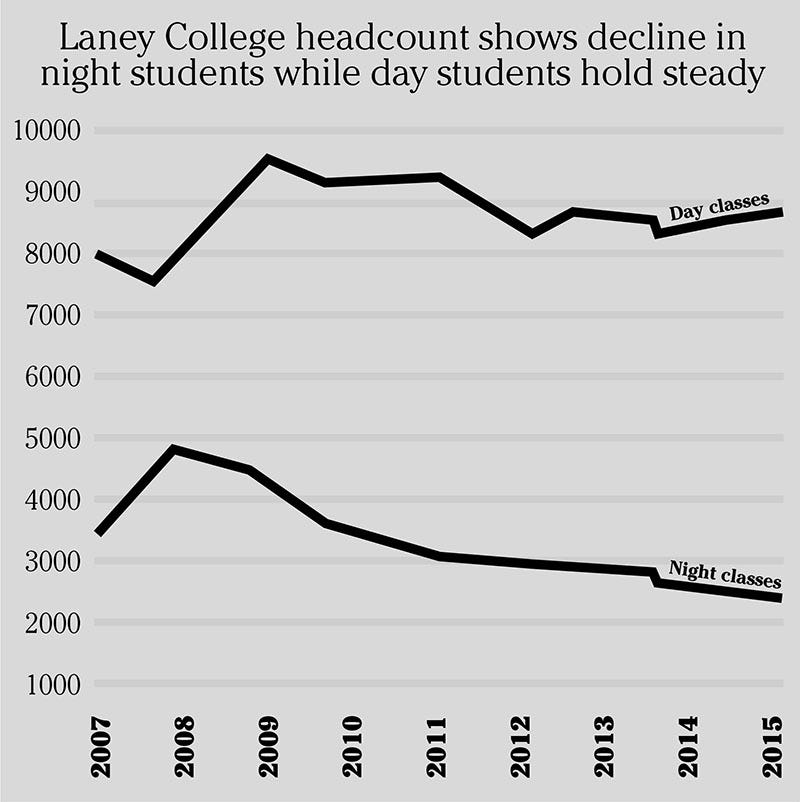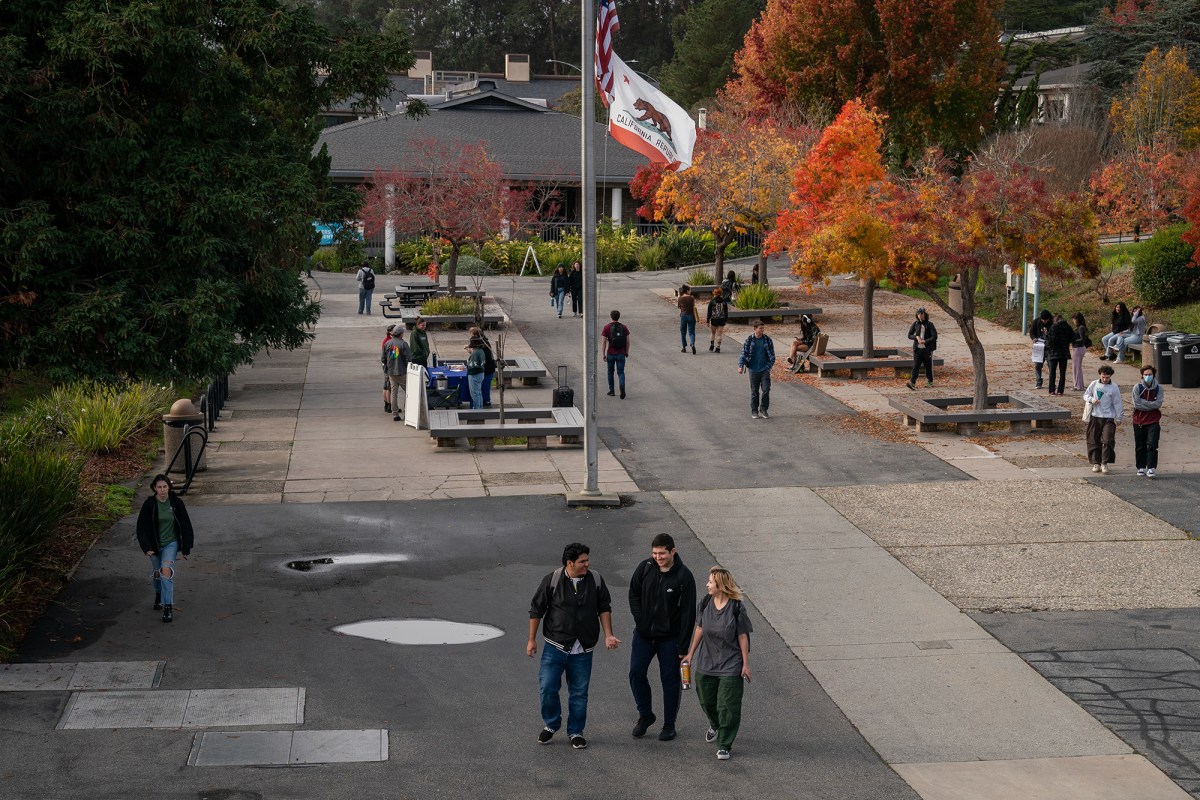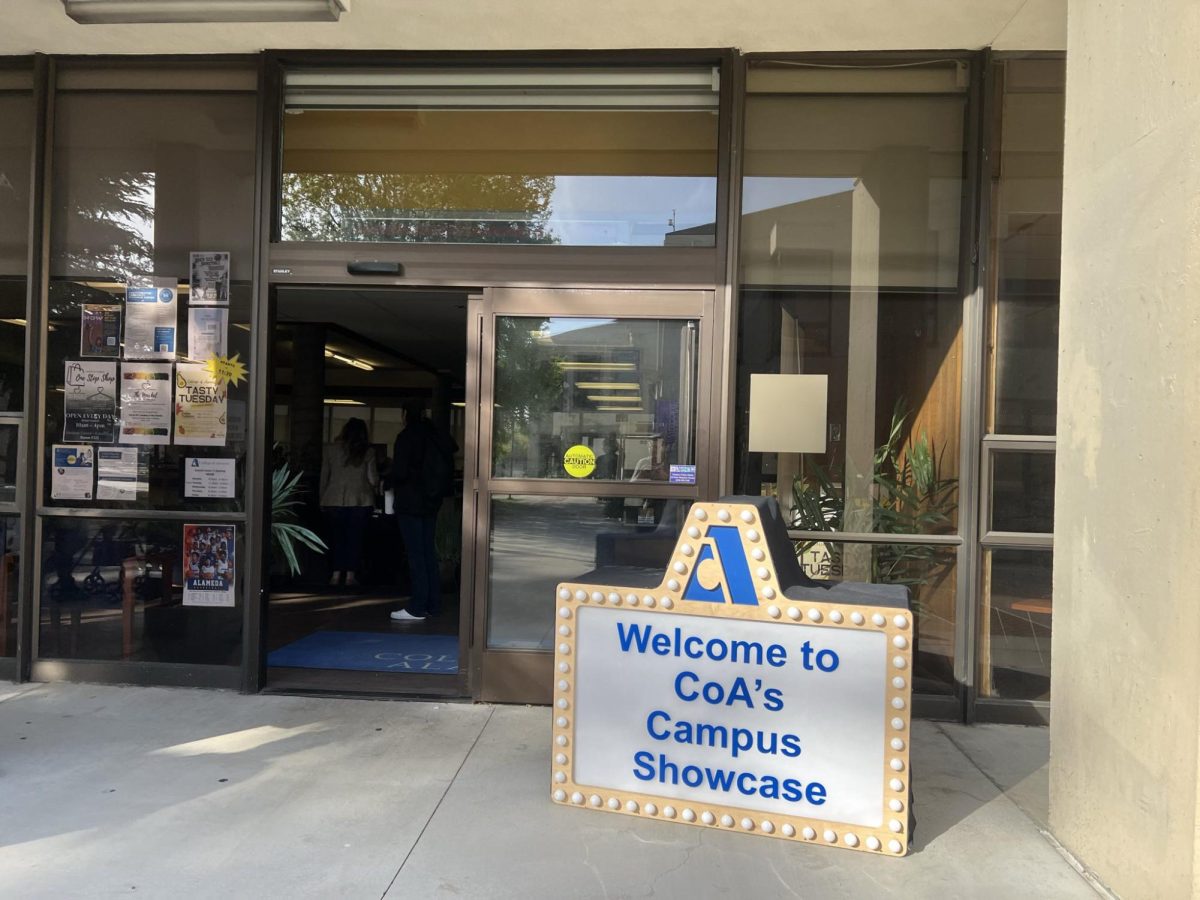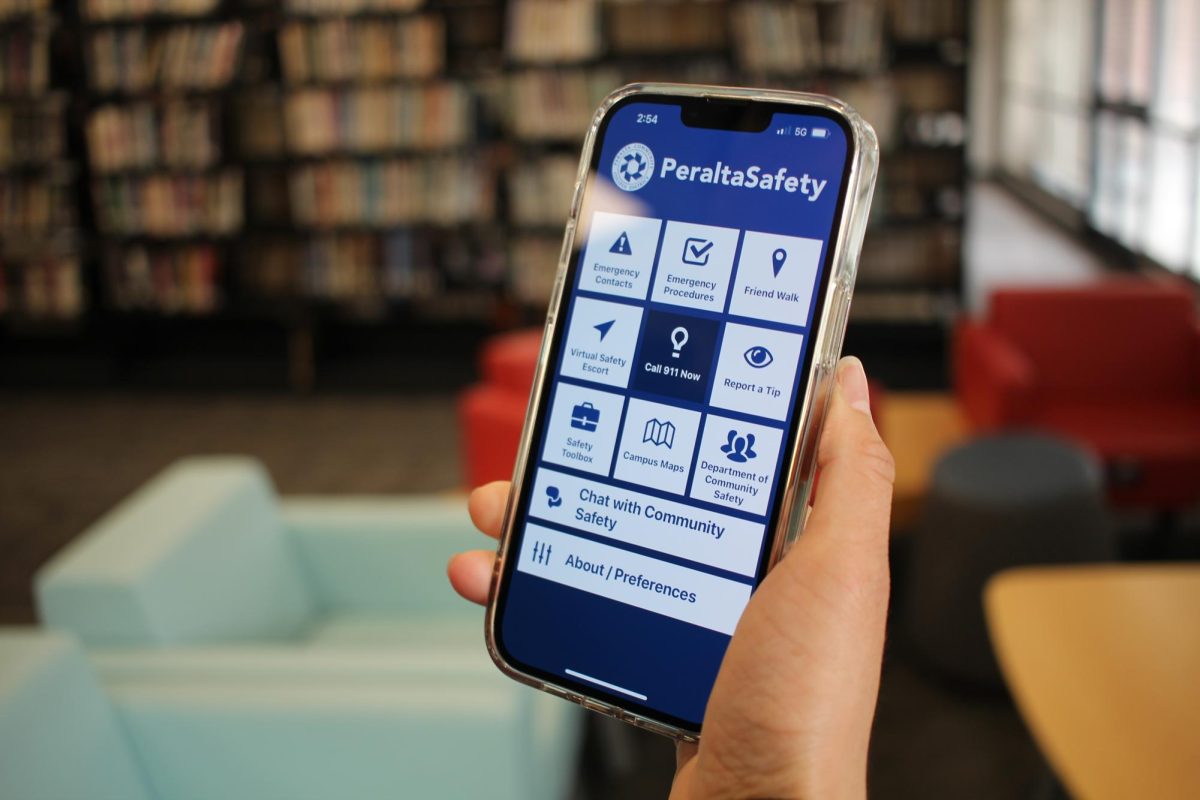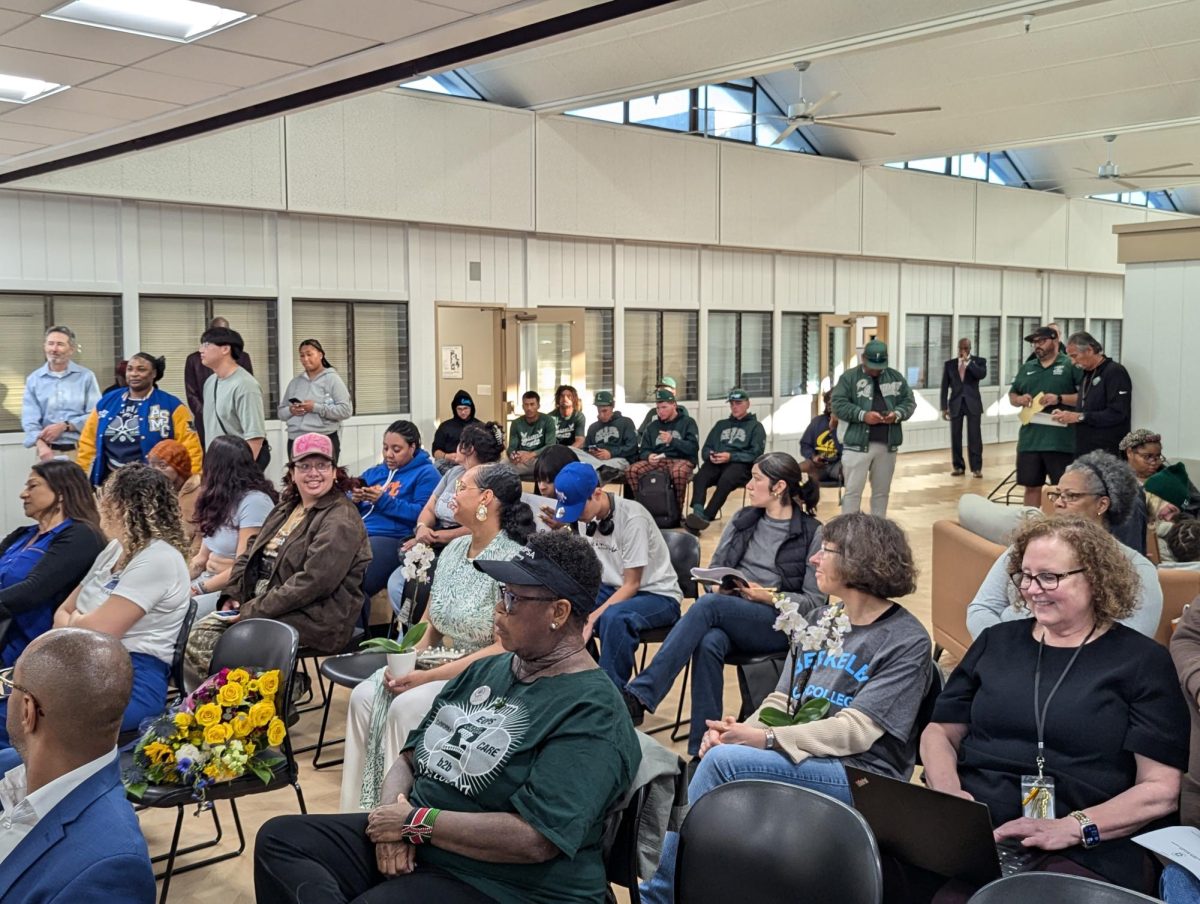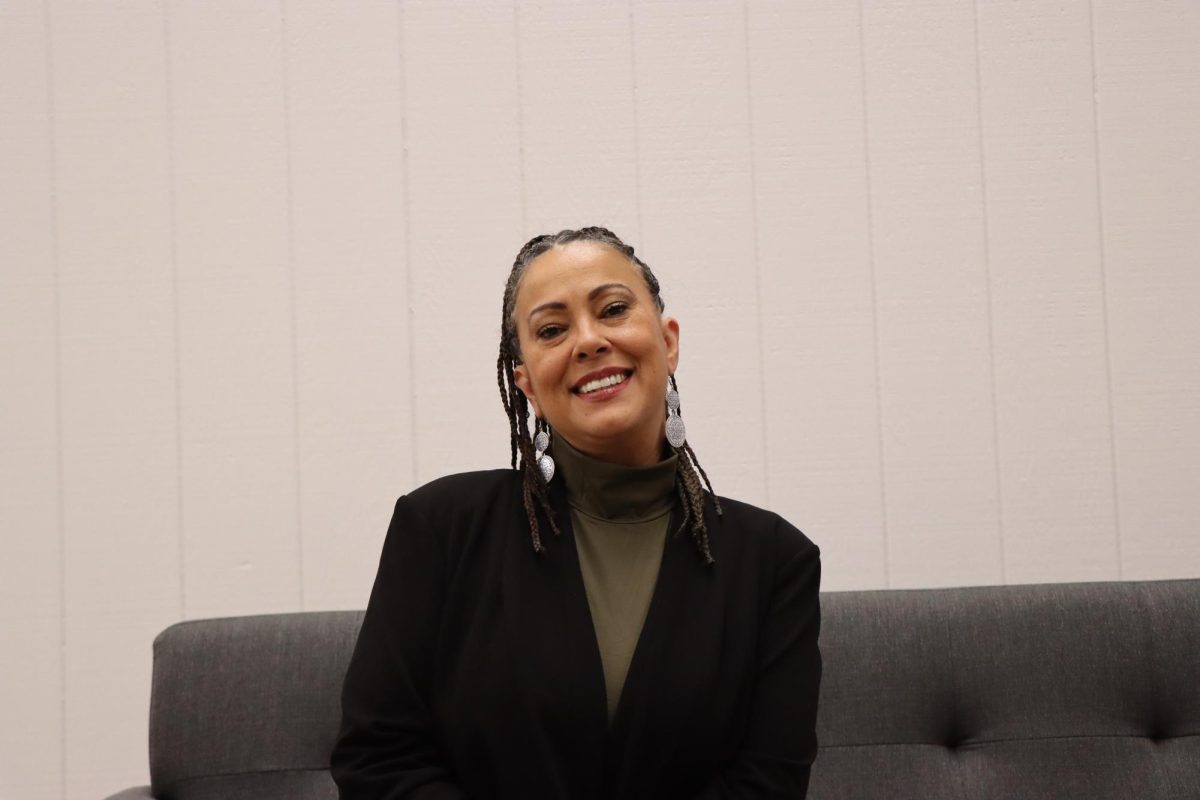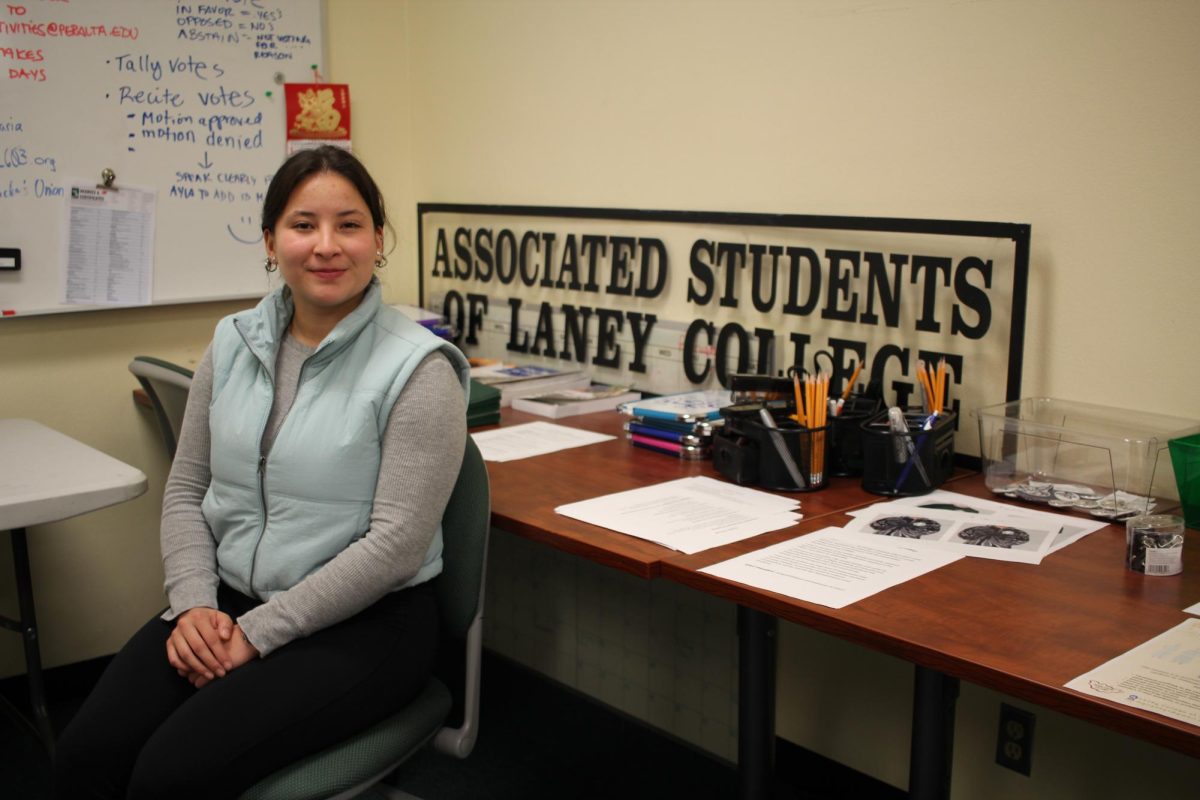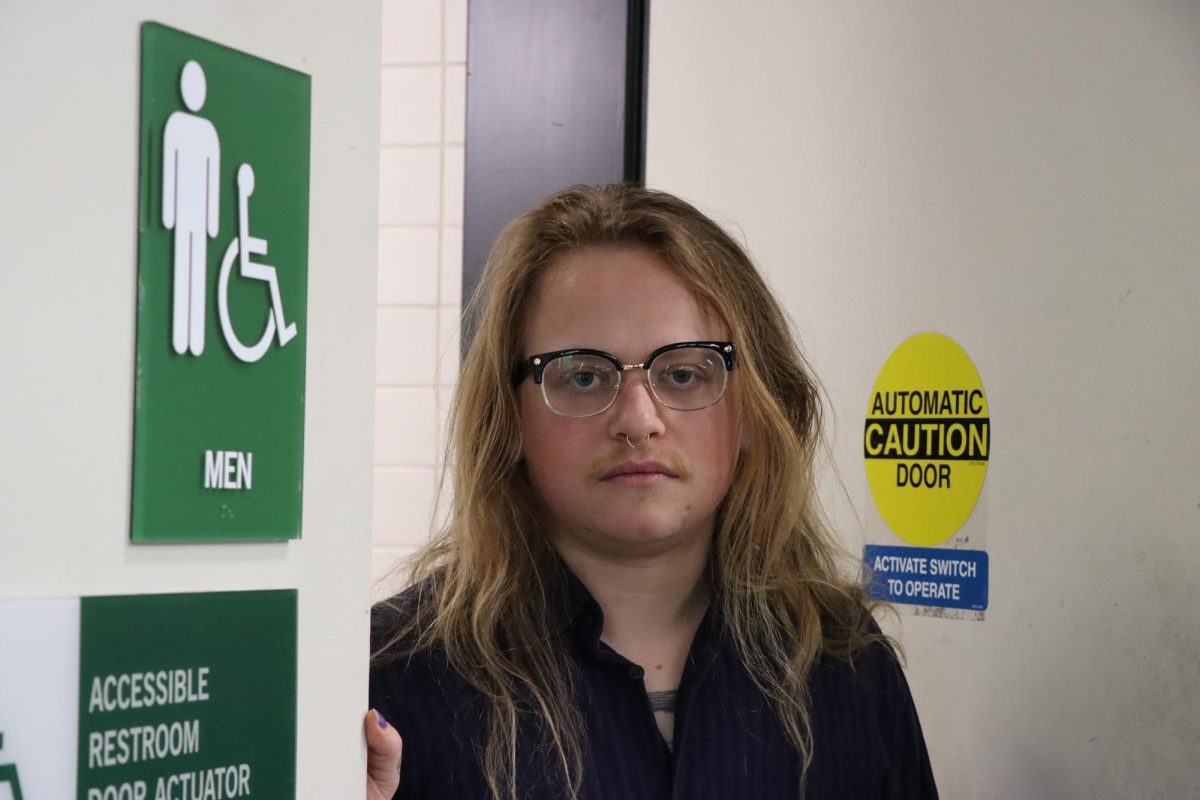A Laney Tower analysis: District hires three new interim vice chancellors while leaving critical positions unfilled
On Flex Day the Peralta community learned that Chancellor Jowel Laguerre had appointed five more vice chancellors over the summer recess. He termed these latest appointments part of the “New Peralta Way.”
His announcement caused dismay among Peralta staff and faculty. They question whether the colleges should be run top-down from the District, or whether there should be a more democratic process with open discussion of problems at the colleges before decisions are made.

THE BIG TEN
The Peralta District now has ten vice chancellors — including one assistant vice chancellor and one associate vice chancellor.
Five are new positions, printed in bold below. (For individuals whose salaries were available at press time, 2014 salaries are listed in parentheses.) They are:
Executive assistant to the Chancellor Yashika Crawford
Vice Chancellor of Human Resources Trudy Largent ($250.9 K)
Vice Chancellor of General Services Sadiq Ikharo ($231K)
Vice Chancellor of Educational Services Michael Orkin ($193K)
Vice Chancellor of Academic Affairs Luis Pedraja
Vice Chancellor of Student Services Norma Ambriz-Galaviz ($222K)
Executive Vice Chancellor of Strategic Planning and Advancement Elnora Webb ($208K)
Vice Chancellor of Finance Ron Little
Vice Chancellor of Workforce Development and Continuing Education Melvina King
Assistant Vice Chancellor of Enrollment Management Tamika Brown
The yearly salaries for the 11 top administrators, including Dr. Laguerre, will come to around $2 million, to be paid out of the general fund. Salaries of faculty and classified staff as well as funding for maintenance must compete for money from the general fund.
REORGANIZATION
Dr. Laguerre called the new hires a “reorganization of the workforce. We have moved some people around,” he said. This process had already begun in the spring.
Prior to the reorganization Sadiq Ikharo, Vice Chancellor for General Services, had been overseeing the spending of several hundred million dollars in bond funds.The money is planned to go for new buildings, the BEST Center at Laney and the Barbara Lee Building at Merritt. The oversight of those funds was shifted to Vice Chancellor Ron Little.
“There was too much for him to handle,” said Laguerre. “We’ve had two or three million dollars to do the things we need to do but because of lack of time and bandwidth in personnel the money was unspent.
“You now have a vice chancellor whose sole attention is to the upkeep and maintenance of our facilities.”
TOO MANY BOSSES
Louis Quindlen, Professor of Machine Technology, has been at Laney College for 14 years and is appalled at what he sees.
“I don’t think there’s a district across the state that has anything like ten vice chancellors,” he said.
“At the same time we’re cutting classes. Our discretionary fund was cut by 50%.”
To the working staff and faculty at the Peralta colleges, it seems obvious that the first order of business is to stop cancelling classes and to restore the critical classified positions that were eliminated in 2009.
Classified staff include custodians, maintenance workers, electricians, administrative assistants, Admissions and Records, the Welcome Center, and IT staff.
“You have ten vice chancellors and one electrician in the district,” Quindlen said. “We had a new vertical mill for the shop class. It took seven months to get the electrician in here to get the mill installed.
“Our lights would not go on in our classrooms, so I could not use that classroom at night. Three weeks to get the electrician in here to fix the lights.”
But Laguerre doesn’t see the issue as one of staffing.
“That’s not the real cause,” he said. “We may not have an electrician on staff, but we can call one in; that’s why when I see something I get it done.”
“They need to report it to the campus, to the president. Ultimately the president of the college is responsible; if nothing happens the president can call me, and I’ll make sure that something happens. And with emails nowadays — people can send one message to everyone.”

The sudden announcement of so many new vice chancellors highlights the informality of the hiring process at the top end of the pay scale, in contrast to that at the bottom end.
“It’s not a clear process,” Quindlen said. “Before they’re approved, I don’t think there’s job descriptions for these people. Those jobs are not announced; they don’t go through a hiring committee.”
On the other hand, “to hire an instructional aide that pays $15–17 per hour requires a budget line, a job description, a resume and transcripts from the applicant, paperwork signed off by multiple administrators and approval by the Board of Trustees,” Quindlen explained.
“All of this makes it extremely difficult to hire those positions,” Quindlen said. “It seems that it’s easier to hire a $200,000 chancellor than it is to hire a $15-an-hour instructional assistant (IA) that’s going to be in the classroom directly helping students. In a place like this,” he said, referring to the power tools, “certainly IAs have an impact on students’ safety.”
Aside from faculty classified staff are the people who interact with students the most and affect their well being on a daily basis. The unfilled classified positions at Laney have had a disproportionate effect on night students.
Critical services such as Admissions and Records and the Bursars Office are closed in the evening. The cafeteria is closed, leaving students who rush from work to rely on the vending machines. The campus is full of dark stairways and unlit halls because of the many broken lights.
And as the graph to the left shows, almost 3000 out of the 3500 students Laney lost since 2009 were evening students. After 2008, while enrollment of daytime students increased sharply the number of nighttime students has fallen and continues to fall.
The cafeteria in the Laney student center was shut down twice last year, once by the Fire Department and once by the Health Department. Two days after reopening this semester it was closed down again by the Health Department.
These closures have cost the school $300,000 in lost income and left students with a choice of the vending machines or the hotdog stand for their meals at Laney.
Laguerre said, “The kitchen has issues that are beyond making repairs — we have plans to totally replace the building.”

When asked if the kitchen’s maintenance issues indicate a need to restore maintenance staff, Laguerre responded, “We got it done, we got it done. I personally was involved every step of the way whenever there was something that was blocked, I said no, it’s not going to be this way.”
He is not in favor of any broad-based restoration of the classified staff to their former positions. “I wasn’t here when the classified positions were cut. So I cannot really tell you which is this, that and the other. We have continued to replace staff as the needs arise.”
“Power is moving from the colleges to the District Office,” Quindlen said. “If that’s not it, why are we making these investments [in expensive administrators] as opposed to making investments in custodians and classified staff?”
“Nobody understands the reasons behind this. There may be valid reasons but we haven’t heard them. If we can’t see the vision, we can’t buy into it.”
Professor Peter Brown has a different take. “Capitalism doesn’t need masses of educated people like in the 50’s and 60’s,” he said. He saw the move to centralize power in the District as an adoption of the corporate model.
Brown explained that capitalism doesn’t make any money from public schools, and hence the move toward privatization of education.
Laguerre does seem eager to create public-private partnerships. He lamented that we are doing very little contract education, saying, “It requires somebody to develop relationships with the businesses. For instance, we just met with EBMUD — to see what they need. They need somebody to train their workforce — that gives us an opportunity to do that kind of training for them.”
“Say PG & E needs someone to install solar panels and they come to us to do the training, and we charge enough to make a profit.”
Laguerre continued, “Our new Vice Chancellor for Workforce Development and Continuing Education — this is a function that a lot of community colleges have but we lacked. And what it does is allows a school to provide noncredit instruction, for example, in electricity.”
(Since Laney already has a large electricity program this was confusing, but the Chancellor did not respond to a request for clarification.)
